By Al Hemingway
Just before 7:30 on the morning of July 1, 1916, an ear-shattering explosion shook the earth near the village of Beaumont-Hamel in France. At 7:28 am, another 16 blasts sent streams of dirt and rock skyward. The detonations were the signal for one of the bloodiest encounters of World War I—the Battle of the Somme—where an entire generation of properly raised young Englishmen died, many of them in the first hour of the attack.
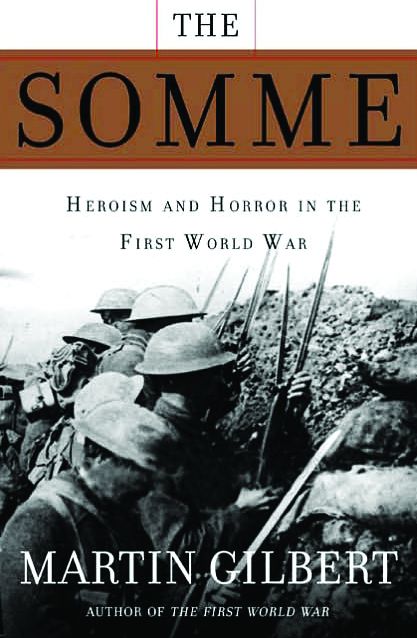 In his new book, The Somme: Heroism and Horror in the First World War (Henry Holt, New York, 2006, 332 pp., photos, map index, $27.95, hardcover), well-known British historian Martin Gilbert recounts the criminally misbegotten strategy that led to the offensive that was supposed to break the fighting will of the German Army. Gilbert also pays due homage to the men who climbed “over the top” and ventured across the desolate and barren land that claimed their lives.
In his new book, The Somme: Heroism and Horror in the First World War (Henry Holt, New York, 2006, 332 pp., photos, map index, $27.95, hardcover), well-known British historian Martin Gilbert recounts the criminally misbegotten strategy that led to the offensive that was supposed to break the fighting will of the German Army. Gilbert also pays due homage to the men who climbed “over the top” and ventured across the desolate and barren land that claimed their lives.
As the year 1916 opened, the British, French, and their allies remained in a stalemate with German troops in a series of trenches that meandered for nearly 1,000 kilometers from the Belgian coastline, through the French countryside, to the border of Switzerland. Between the two armies lay a stretch of ground dubbed no-man’s-land. Here was nothing but disease and death, and life in the trenches proved almost unbearable for the soldiers who manned them.
In late 1915, French General Joseph Joffre formulated a plan to “drain the German forces of reserves.” The French commander-in-chief’s scheme was a battle of attrition—“territorial gain was a secondary aim.” However, when German commander General Erich Von Falkenhayn put pressure on Joffre’s forces at Verdun, the French leader prodded British General Sir Douglas Haig to expedite the operation for fear that the Germans would “bleed France white.” The Somme, from that point on, would become a predominately British operation. Haig called for a massive bombardment that supposedly would send the enemy scurrying for cover while the infantry advanced across no-man’s-land. This would, the British hoped, blast a breach in the German line that could be exploited by the cavalry, which would race forward to seize enemy positions.
Twenty-seven divisions from the British Expeditionary Force (BEF) formed the bulk of the attack force. They were opposed by 16 battle-hardened divisions from the German 2nd Army. Unfortunately for the British, many of their artillery rounds were duds, and the enemy easily withstood the tremendous salvo inside massive concrete fortifications that had been meticulously designed and constructed. When the barrage lifted, German machine gunners remanned their positions and poured a devastating fire at the unshielded British troops.
The Somme ushered in the first use of the Lewis machine gun, which replaced the Vickers gun, and the first employment of tanks, although half of the 50 mechanical monsters that reached the battlefield were soon unfit for duty. In time, these new weapons would inflict horrendous casualties and transform the scarred ground into a bloody and surreal area that made “their screams of pain and cries for help, heard in the facing trenches of friend and foe, rent the day and night.”
Most English battalions sustained 50 percent losses at the Somme, and some, like the 1st Battalion, Newfoundland Regiment, fared even worse. Of the 810 in the unit, 310 were killed and 350 were wounded. Only 68 soldiers walked away unscathed. Wrote one officer of the regiment: “It was a magnificent display of trained and disciplined valour, and its assault failed of success because dead men can advance no further.”
The Allies kept the pressure on the Germans until November 1916, when winter put a halt to combat operations. By then, the casualty lists were horrific: more than 300,000 British, Commonwealth, French, and German troops had been killed and another 600,000 wounded. As Gilbert points out, “The Battle of the Somme was one of the most costly battles in the history of warfare. The battlefield of the Somme remains, 90 years after the battle, a somber, powerful, and constant memorial, and salutation, to the vast armies of men who fought here: those who were killed, those who were wounded, and those who survived with only the mental scars of the savage conflict. The agony of war took its toll on the Somme in full measure. The heroism and horror of war were seen there without disguise, unembellished and unadorned.”
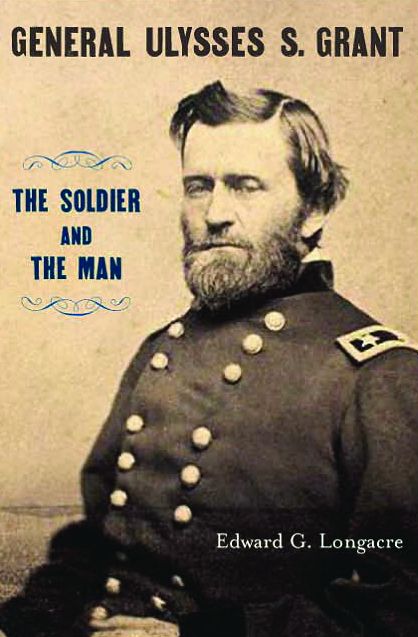 General Ulysses S. Grant: The Soldier and the Man, by Edward G. Longacre, Da Capo Press, Cambridge, Mass., 2006, 338 pp., photos, maps, index, $26.00, hardcover.
General Ulysses S. Grant: The Soldier and the Man, by Edward G. Longacre, Da Capo Press, Cambridge, Mass., 2006, 338 pp., photos, maps, index, $26.00, hardcover.
“I can’t spare this man,” President Abraham Lincoln once said of General Ulysses S. Grant. “He fights.” Lincoln uttered these words shortly after the Battle of Shiloh in April 1862, where Union casualties exceeded 13,000 killed and wounded. At the time, newspaper editors and politicians were clamoring for the head of the man who they believed was responsible for the carnage.
Grant kept his silence during this war of words. His military career, as it had on so many other occasions, hung in the balance. But Lincoln saw something in Grant that most of his other generals did not possess—the will to fight and bring an end to the Civil War that was tearing the nation apart. His unremarkable face masked an indomitable spirit, and his unprepossessing attitude perfectly embodied the common soldiers of his command.
Historian Edward Longacre examines in detail Grant’s early years, his troubled relationship with his parents, his days at West Point, and his “hardscrabble years” after he resigned from the Army to try his hand at farming. Longacre also touches on another aspect of Grant’s makeup that proved detrimental to him on several occasions—his bouts with alcohol. These periods of hard drinking usually came when he was separated for long periods from his wife Julia and their children. Grant was devoted to his family, and when he was away from them, he frequently fell into depression and melancholy that spurred his heavy consumption of alcohol.
Grant, however, overcame this affliction to lead his troops to victory in the Civil War. Once a relatively unknown colonel of volunteers, whom many referred to as “Useless Grant” because of his many failures in civilian life, he rose to be commanding general of all Union Forces. In the end, he defeated Confederate General Robert E. Lee, his exact opposite in many ways and a general whom many considered unbeatable.
This compelling account of Grant’s life is recommended for all Civil War buffs and for those who are interested in flawed individuals whose actions nevertheless helped shape the country we live in today. Certainly Grant was one of those individuals. As Longacre writes, “One quality, more than any other, which he had acquired at an early age, had brought him this far—a determination to forge ahead, once he had set a course, and never turn back, no matter how many swollen, angry rivers barred his path.”
 A Guide to the Battles of the American Revolution, by Theodore P. Savas and J. David Dameron, Savas Beatie, New York, 2006, 360 pp., maps, index, $34.95, hardcover.
A Guide to the Battles of the American Revolution, by Theodore P. Savas and J. David Dameron, Savas Beatie, New York, 2006, 360 pp., maps, index, $34.95, hardcover.
For anyone needing a comprehensive look at nearly every battle of the American Revolution, A Guide to the Battles of the American Revolution is right up your alley. In addition to providing a brief synopsis of each engagement, the authors offer a look at the British and American perspectives leading up to the fighting. Information includes the date, region, commanders, time of day, length of action, weather conditions, and strength of each army. Each summary also includes a description of the terrain, an account of the fighting, the casualties involved, and the outcome and impact of the battle.
This meticulously researched book offers the reader a handy reference guide and suggested reading on specific campaigns. It could well become an indispensable tool for history teachers preparing a lesson guide for the American Revolution.
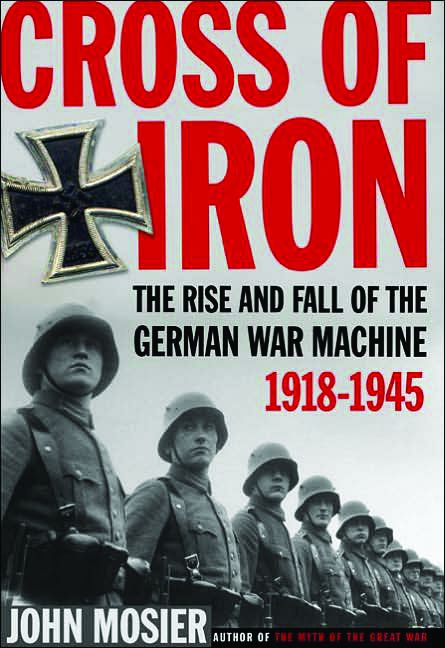 Cross of Iron: The Rise and Fall of the German War Machine, 1918-1945, by John Mosier, Henry Holt, New York, 2006, 319 pp., notes, index, $27.50, hardcover.
Cross of Iron: The Rise and Fall of the German War Machine, 1918-1945, by John Mosier, Henry Holt, New York, 2006, 319 pp., notes, index, $27.50, hardcover.
Author John Mosier contends that at the outbreak of World War I, the German Army was the best in the world. The Army’s educational level, officer ranks, and tactics outshone their adversaries. Only the arrival of the American Army in Europe tilted the weight of the war for the Allies and eventually brought an end to the conflict.
Many Germans believed that they had not lost the war militarily, but were duped into signing a false treaty. This prevailing attitude remained with Germany and led to the eventual rise of Adolf Hitler, eventually sparking worldwide conflict. The writer makes some interesting observations on German war atrocities. Although quick to blame the hardcore SS units, the Wehrmacht (people’s army) was not as innocent as it often appears. Mosier points out incidents in which regular German troops massacred legitimate prisoners of war.
Cross of Iron is an insightful book that examines the creation of one of the world’s greatest armies. Sadly, with the ascent of a madman to power, it would deteriorate into mere “thugs in uniform,” a discredit to the nation and the honorable soldiers who fought for it in a bad cause.
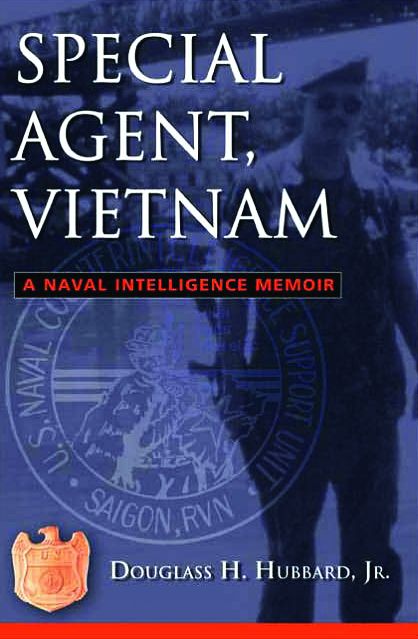 Special Agent, Vietnam: A Naval Intelligence Memoir, by Douglass H. Hubbard, Jr., Potomac Books, Dulles, Va., 2006, 268 pp., photos, maps, index, glossary, $26.95, hardcover.
Special Agent, Vietnam: A Naval Intelligence Memoir, by Douglass H. Hubbard, Jr., Potomac Books, Dulles, Va., 2006, 268 pp., photos, maps, index, glossary, $26.95, hardcover.
Although the Vietnam War produced many heroes on the battlefield and countless acts of self-sacrifice and generosity, there was also a sordid side to the conflict. Murder, black market smuggling, and enemy infiltrators were just a few of the things that special agents such as Douglas Hubbard, Jr., were forced to investigate.
Hubbard, who did three consecutive tours in Vietnam, offers the reader a glimpse into the shadowy world of criminal investigation. As a member of the Office of Naval Intelligence, he examined everything from the suicide of a model Marine to the gang rape of a Vietnamese woman. He traveled the length of the country from March 1969 until March 1972 performing such work.
Not only does the author relate his own experiences, but he also covers the early years of the ONI and its role in counterespionage and criminal investigations. Agents traveled to the field and had to endure the same hardships as the Marines and sailors they accompanied. Special Agent, Vietnam is a captivating story of an overlooked part of any war—the chaotic and often dangerous world of the criminal investigator
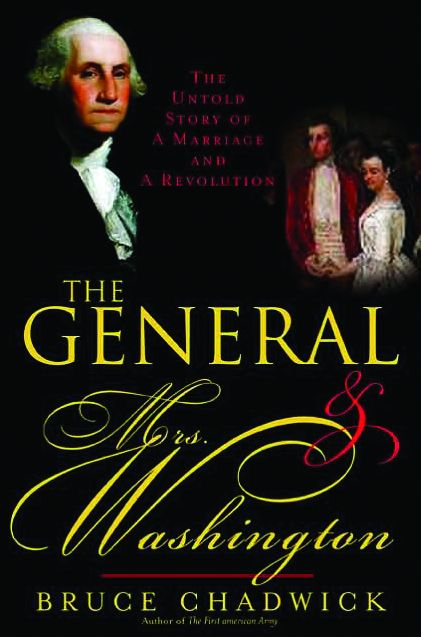 The General and Mrs. Washington: The Untold Story of a Marriage and a Revolution, by Bruce Chadwick, Sourcebooks, Naperville, IL, 2006, 416 pp., index, $24.95, hardcover.
The General and Mrs. Washington: The Untold Story of a Marriage and a Revolution, by Bruce Chadwick, Sourcebooks, Naperville, IL, 2006, 416 pp., index, $24.95, hardcover.
He stood six feet, three inches tall, weighed 200 pounds, and “walked ramrod straight,” looking every bit the soldier. She was barely five feet tall and was described as “plump and plain looking.” Together, however, they formed a perfect union. They were George and Martha Washington, our nation’s first president and first lady.
The Washingtons had a tragic home life. Martha lost her first husband and two of her children before they reached the age of five, and her epileptic daughter Patsy died in George’s arms. Despite their sorrows, the two had a happy marriage. Martha was the epitome of the loving wife who was there to comfort her husband during his most stressful times. Although from one of the richest families in Virginia, she traveled to his winter encampments to bring him solace and encouragement during the darkest times of the Revolution. Everyone she met was touched by her kindness and generosity.
The editor of the Alexandria Advertiser and Commercial Intelligencer wrote after her death on May 25, 1802, “She was the worthy partner of the worthiest of men, and those who witnessed their conduct could not determine which excelled in their different characters, both were so well sustained on every occasion.”
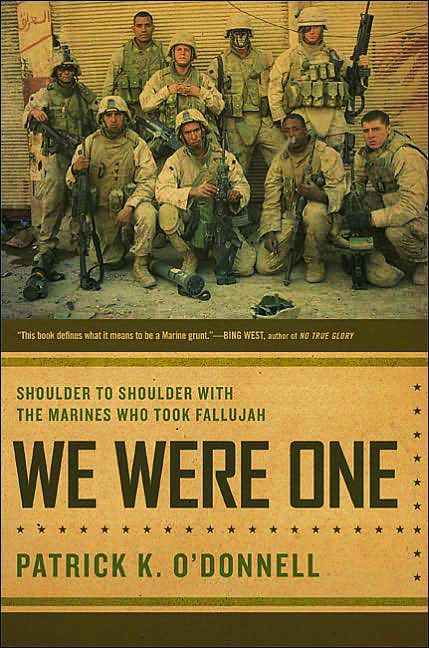 We Were One: Shoulder to Shoulder with the Marines Who Took Fallujah, by Patrick K. O’Donnell, Da Capo Press, Cambridge, MA, 288 pp., photos, maps, hardcover, $25.00.
We Were One: Shoulder to Shoulder with the Marines Who Took Fallujah, by Patrick K. O’Donnell, Da Capo Press, Cambridge, MA, 288 pp., photos, maps, hardcover, $25.00.
Award-winning journalist Patrick J. O’Donnell traveled to Iraq to write the story of soldiers fighting on the ground in an alien and increasingly hostile environment. He was subsequently imbedded with the 1st Platoon of Lima Company, 3rd Battalion, 1st Marines, during the Battle of Fallujah in late 2004.
In Fallujah, described as the Hue City of the Iraqi War, the 1st Platoon become involved in dangerous house-to-house fighting in the terrorists’ haven in the Jolan district. The insurgents used the civilian population as human shields, hid explosives as booby traps, and deployed suicide bombers everywhere, hoping to take an American life when they detonated bombs rigged to their bodies. When the battle was over, the 1st Platoon had sustained 35 casualties.
O’Donnell depicts in graphic detail the sights and smells of urban combat and the bravery of the young leathernecks, whom he describes, with some justice, as the “next greatest generation.”
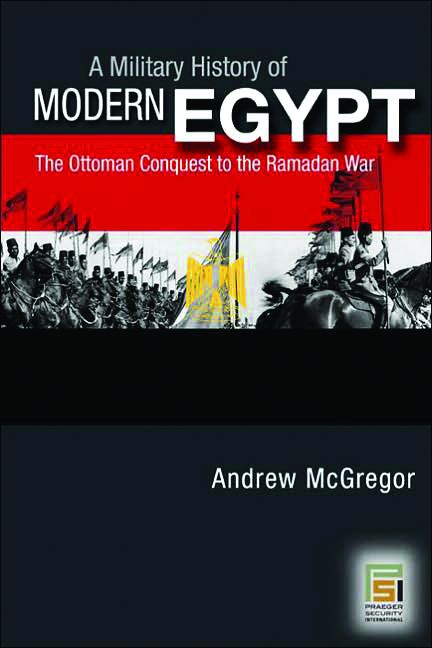 A Military History of Modern Egypt: From the Ottoman Conquest to the Ramadan War, by Andrew McGregor, Praeger Security International, Westport, CT, 2006, 312 pp., maps, glossary, notes, index, $49.95, hardcover.
A Military History of Modern Egypt: From the Ottoman Conquest to the Ramadan War, by Andrew McGregor, Praeger Security International, Westport, CT, 2006, 312 pp., maps, glossary, notes, index, $49.95, hardcover.
“In writing this work,” explains historian Andrew McGregor, “it occurred to me that I was writing not just a military history, but also a chronicle of human cruelty and suffering.” Egypt, indeed, has seen more than her share of pain and suffering. Invading Romans, Turks, French, and British have all conquered and occupied the country, but the Egyptians have still survived as a nation and a people. Ironically, it was the British who fostered Egyptian independence and transformed its army into a strong and nationalistic force.
The author traces the saga of Egypt’s military battles and campaigns from ancient times until the 1973 Ramadan War. Today, he notes, Egypt’s armed forces are in trouble. Poorly trained and earning meager wages, recruits have little education and find it difficult to learn the new technologies that today’s armed forces must employ if they are to guard their countries against acts of terrorism. If Egypt wishes to be a bastion of stability in the unstable Middle East, McGregor notes, she must solve these and other looming problems.
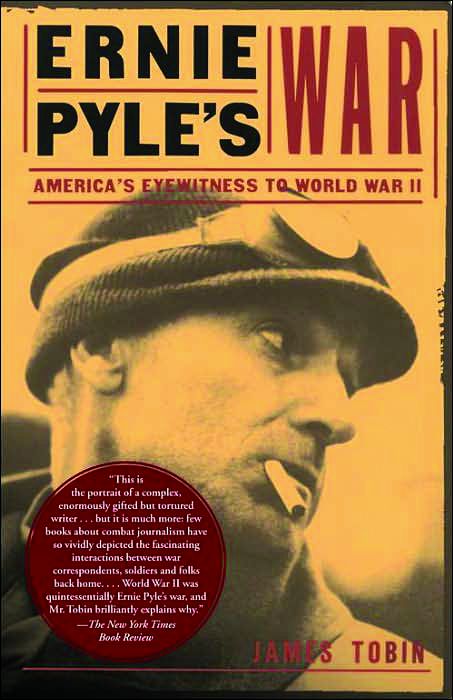 Ernie Pyle’s War: America’s Eyewitness to World War II, by James Tobin, Free Press, New York, 2006, 319 pp., photos, notes, index, $15.00, softcover.
Ernie Pyle’s War: America’s Eyewitness to World War II, by James Tobin, Free Press, New York, 2006, 319 pp., photos, notes, index, $15.00, softcover.
The common foot soldier of World War II had no greater friend than Ernie Pyle. The Pulitzer Prize-winning journalist often wrote of the hardships that the infantrymen endured and tried to bring them to life for their friends and families back home.
Born on a farm in Indiana, Pyle was a local reporter before becoming editor of the Washington Daily News in the nation’s capital. During the Depression, he traveled the breadth of America writing about the unusual people and places he encountered. These stories were later published in a book entitled Home Country. But it was World War II that would catapult Pyle to the center stage and transform him into a beloved writer who championed the plight of the distinctly average but still uncommon young men on the front line who were risking their lives daily.
Sadly, Pyle would meet his death on the small island of Ie Shima during the Battle of Okinawa. Historian James Tobin successfully shows Pyle’s inadequacies as well as his strengths. He was, says Tobin, “naïve and narrow” about politics and had become increasingly depressed as he witnessed combat and death, eventually coming to the despairing conclusion that in war “everything is dead.” Ernie Pyle’s War is a thought-provoking and compelling book about one of America’s greatest war correspondents.
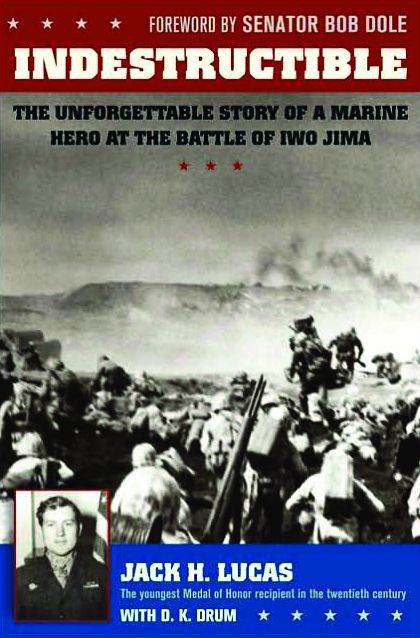 Indestructible: The Unforgettable Story of a Marine Hero at the Battle of Iwo Jima, by Jack H. Lucas with D.K. Drum, Da Capo Press, New York, 2006, 212 pp., photos, index, $22.95, hardcover.
Indestructible: The Unforgettable Story of a Marine Hero at the Battle of Iwo Jima, by Jack H. Lucas with D.K. Drum, Da Capo Press, New York, 2006, 212 pp., photos, index, $22.95, hardcover.
At the tender age of 14, Jack Lucas fooled recruiters and enlisted in the U.S. Marine Corps in 1942, eight months after Pearl Harbor. In early 1945 he was a stowaway on one of the transport ships bringing the leathernecks to the island of Iwo Jima. On February 19, 1945, Lucas stormed ashore with the 1st Battalion, 26th Marines, 5th Marine Division, on Red Beach. The following morning several enemy grenades were thrown at his squad. Diving on them and pushing the projectiles into the volcanic ash that was so prevalent on Iwo Jima, Lucas covered the grenades with his body to shield his comrades from certain death. Miraculously, he survived the blast.
For his courage that day, Lucas would ultimately be awarded the Medal of Honor. This was just the beginning of an incredible story for a man who would escape death time after time throughout his life. Lucas’s story of courage and survival is a fascinating tale that deserves to be told well, as he and co-writer D.K. Drum have done.
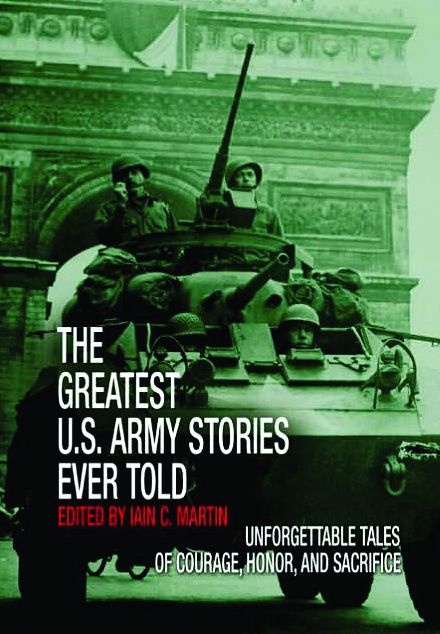 The Greatest U.S. Army Stories Ever Told: Unforgettable Tales of Courage, Honor and Sacrifice, edited by Iain C. Martin, Lyon’s Press, Guilford, CT, 2006, 264 pp., $24.95, hardcover.
The Greatest U.S. Army Stories Ever Told: Unforgettable Tales of Courage, Honor and Sacrifice, edited by Iain C. Martin, Lyon’s Press, Guilford, CT, 2006, 264 pp., $24.95, hardcover.
Dating back to the Revolutionary War, the U.S. Army has had a proud tradition of loyal and honorable service to the nation. Iain C. Martin has selected vignettes from Washington’s crossing the Delaware in the Revolution to the present-day Iraq War. Each short story is told through the eyes of an individual soldier who participated in the different battles.
From Private Joseph Plumb Martin, a member of the Connecticut militia who fought at Yorktown, Virginia, to former Marine turned author Mike Tucker, who was imbedded with various U.S. Army units in Iraq for 14 months, the book offers a unique glimpse at each campaign as seen through the eyes of those who lived it. For readers who relish such firsthand accounts, this book will take you into the world of the combat soldier who has witnessed some of the bloodiest fighting in American history.
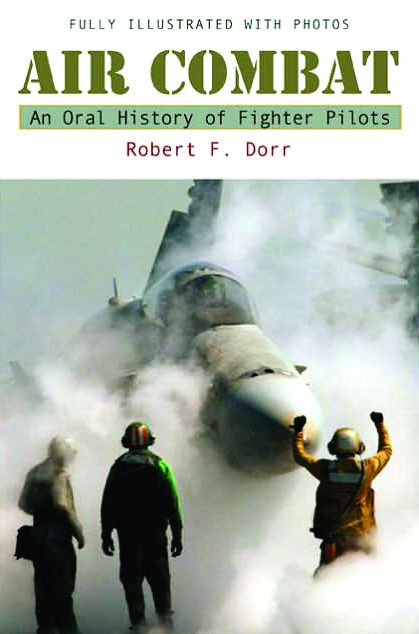 Air Combat: An Oral History of Fighter Pilots, by Robert F. Dorr, Penguin Group, New York, 2006, 343 pp., photos, index, $24.95, hardcover.
Air Combat: An Oral History of Fighter Pilots, by Robert F. Dorr, Penguin Group, New York, 2006, 343 pp., photos, index, $24.95, hardcover.
Whenever Robert Dorr writes a book, everyone interested in air operations should consider adding it to their home libraries. He has written another gem in Air Combat: An Oral History of Fighter Pilots. In Dorr traces the combat exploits of pilots from World War II to the present day, ongoing conflicts in Iraq and Afghanistan.
In addition to letting the pilots tell their own stories, the author includes data on the type of aircraft they flew. Information includes engine, performance, weights, dimensions, armament, and maiden flight of the plane. It is the firsthand accounts, however, that will keep readers glued to their seats. These are real stories of the “top guns” who faced death every day in hostile skies over enemy territory. In some cases, they are still flying into harm’s way, including pilots undertaking combat missions in today’s Iraq.
“We’ve been given conflicting information about whether Taliban soldiers and Al Qaeda fighters have any capability to reach up and touch us,” explains Captain John, “but on some missions we do see muzzle flashes. On one, my backseater thought he saw a rocket-propelled grenade being fired in our general direction.” Dorr’s book is highly recommended for any air-combat buff.
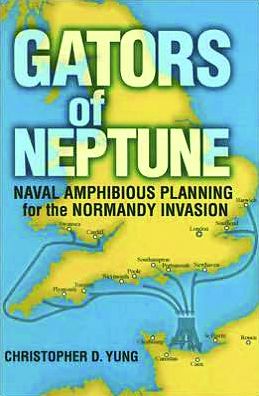 Gators of Neptune: Naval Amphibious Planning for the Normandy Invasion, by Christopher D. Yung, Naval Institute Press, Annapolis, MD, 2006, 292 pp., maps, notes, glossary, index, $34.95, hardcover.
Gators of Neptune: Naval Amphibious Planning for the Normandy Invasion, by Christopher D. Yung, Naval Institute Press, Annapolis, MD, 2006, 292 pp., maps, notes, glossary, index, $34.95, hardcover.
There have been numerous books dealing with Operation Overlord, the Allied invasion of Normandy in World War II. However, as author Christopher Yung somewhat surprisingly discovered, only a handful of them describe the planning of the amphibious part of the operation dubbed Operation Neptune.
There were eight different navies participating in Neptune. The naval force was on a scale never before seen in amphibious warfare. In all, nearly 7,000 ships took part—1,213 warships, 4,126 transport ships, and 1,600 support vessels. It took two years of intense planning to conceive Neptune. The overall commander was British Admiral Sir Bertram Ramsay, who had two successful landings under his belt, in North Africa in 1942 and Sicily the following year.
Yung pays tribute to all those who made Neptune a resounding success. “Beyond the innovations in tactics and equipment that made the operation possible,” he writes, “human beings were central to Neptune’s planning and execution. People of flesh and blood, with personal ambitions and flaws, dedicated themselves to making Operation Neptune a success.”
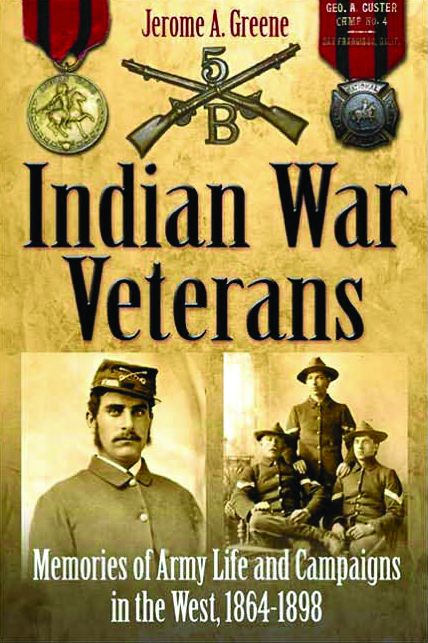 Indian War Veterans: Memories of Army Life and Campaigns in the West, 1864-1898, by Jerome A. Greene, Savas Beatie, New York, 2006, 432 pp., photos, illustrations, maps, index, $45, hardcover.
Indian War Veterans: Memories of Army Life and Campaigns in the West, 1864-1898, by Jerome A. Greene, Savas Beatie, New York, 2006, 432 pp., photos, illustrations, maps, index, $45, hardcover.
No other period of American history has been more glamorized in movies and television than the Indian wars of the late 19th century. Stirring cavalry charges and the endless rehashing of Colonel George Armstrong Custer’s disastrous defeat at the Little Bighorn in June 1876 have given the era a misleadingly romanticized look.
In his new book, Jerome Greene provides readers with a fascinating account of the real men, officers and enlisted alike, who served during that era on the American frontier. Greene shows how the veterans of the campaigns against the various Indian tribes organized fraternal and educational groups to secure pension benefits for qualified veterans who were injured during their service.
The book contains interviews with veterans of the fighting. “About midnight, my outfit reached Camp Robinson after passing through some of the camps and witnessing the Indians in their hideous make-ups dancing around fires and singing their death songs,” writes Chris Madsen of Troop A, 5th U.S. Cavalry. “It was easy to read in their manners what they would have done to us had they been masters of the situation. As it was, their weird songs and unearthly yells almost chilled the blood in a man’s veins.” Indian War Veterans is a useful addition for all those intrigued by this particularly colorful episode in American history.
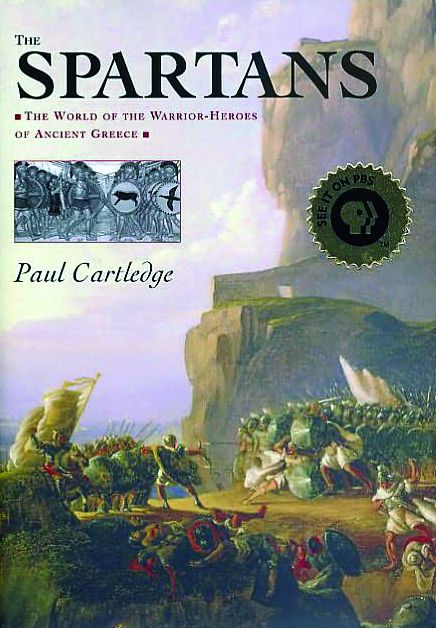 The Spartans: The World of the Warrior Heroes of Ancient Greece, by Paul Cartledge, Overlook Press, New York, 2006, 304 pp., photos, illustrations, maps, $27.95 hardcover.
The Spartans: The World of the Warrior Heroes of Ancient Greece, by Paul Cartledge, Overlook Press, New York, 2006, 304 pp., photos, illustrations, maps, $27.95 hardcover.
Often called “the world’s leading expert on Sparta,” Paul Cartledge has written a riveting account of the Spartans’ warrior society in ancient Greece. Known for their fighting prowess, Spartans under King Leonidas defended the pass of Thermopylae in 480 bc. There, some 300 hand-picked warriors fought to the death against the overwhelming force of Persians under Xerxes, giving their fellow Greeks time to prepare their forces for the ultimate defeat of the Persians at the Battle of Salamis.
Cartledge divides his book into three sections to explain the rise and fall of the Spartan empire. He examines the role of women in Spartan society, as well. Surprisingly, Spartan women could own property and land and were able to express openly their political views. But it was the warrior tradition that best embodied the Spartan world and made them fearless warriors even in the face of death. As one Spartan said at the Battle of Thermopylae, when he heard that the Persians had enough arrows to block out the sun: “So much the better—we shall fight in the shade.”
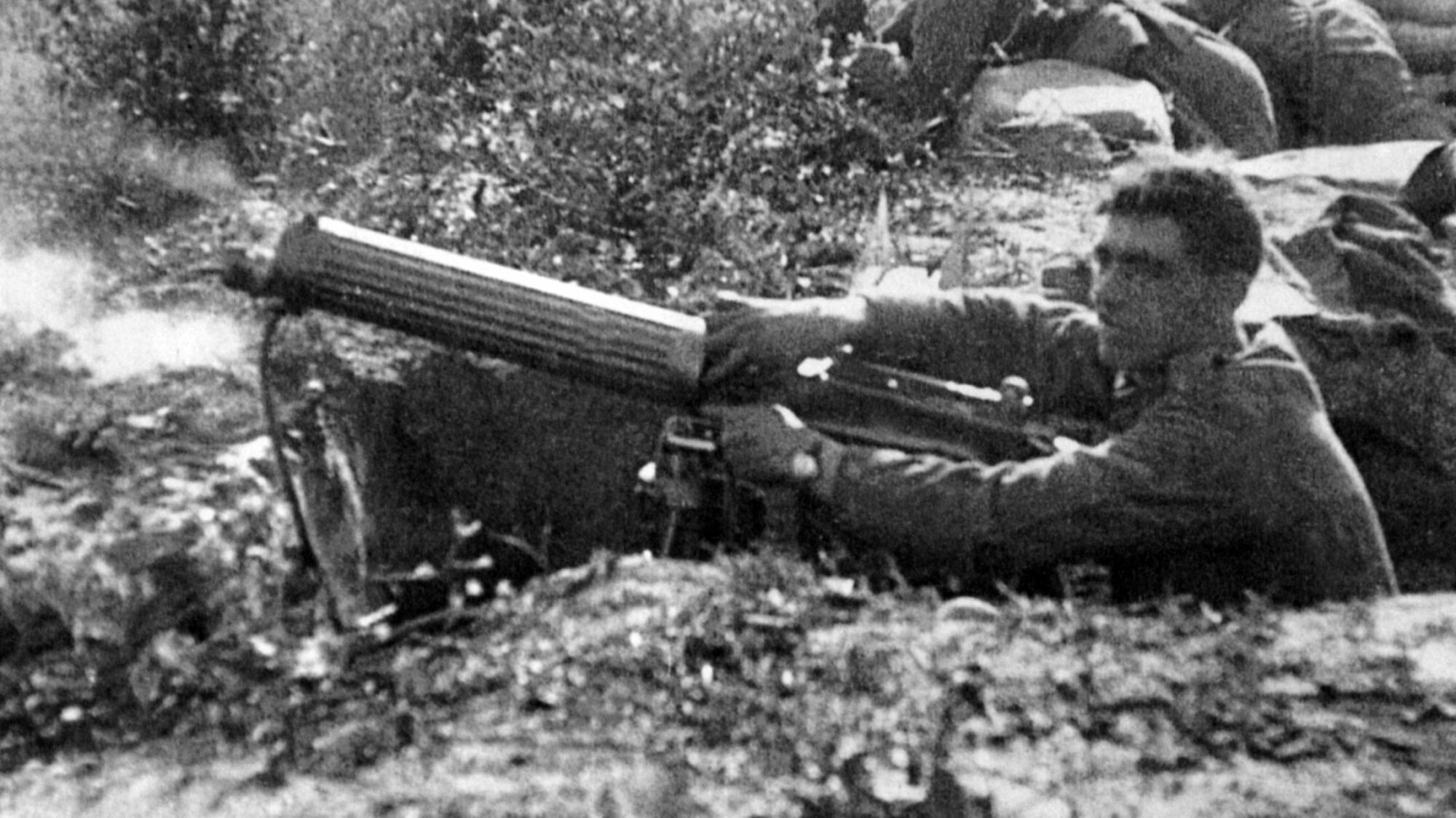
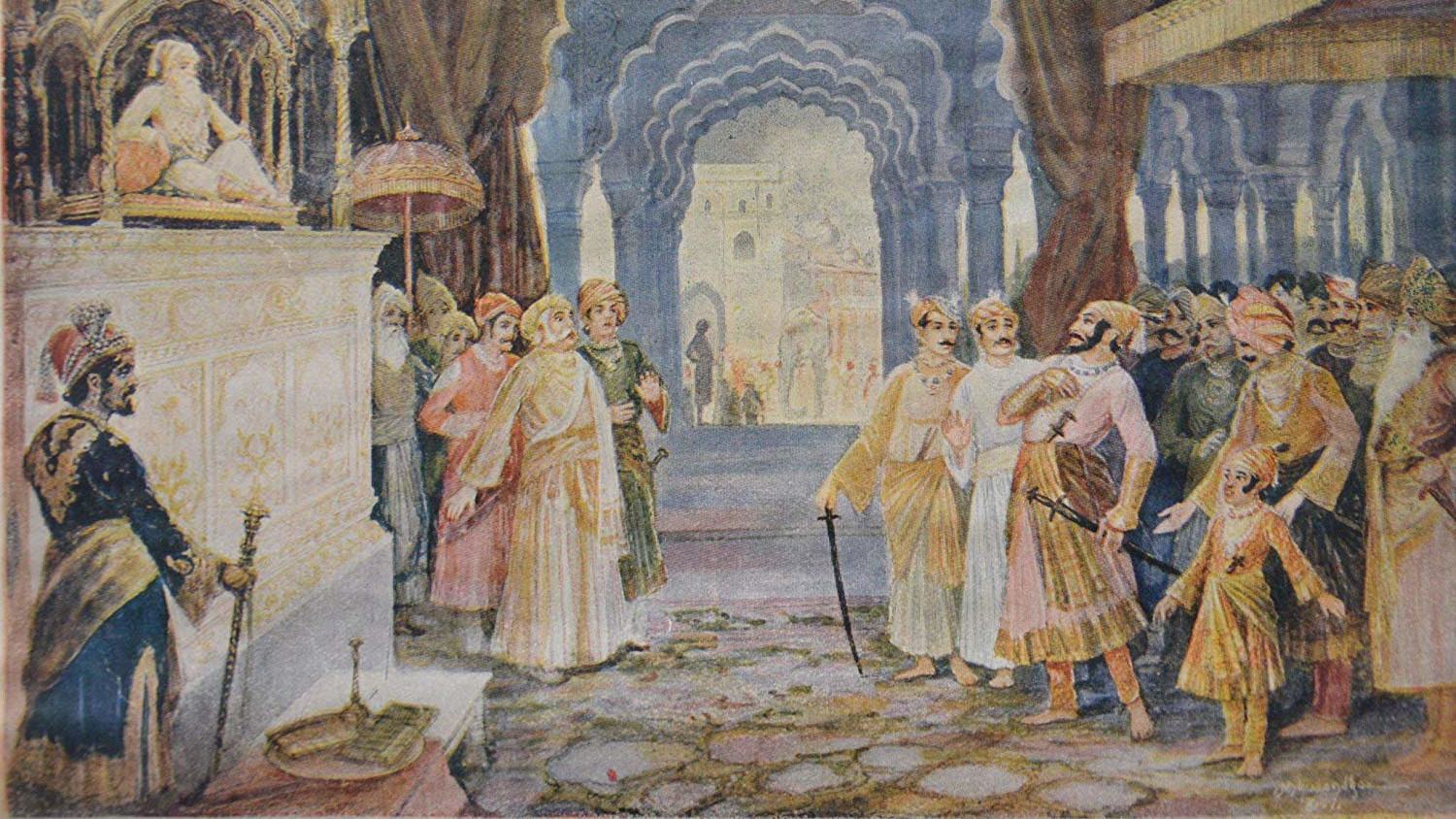
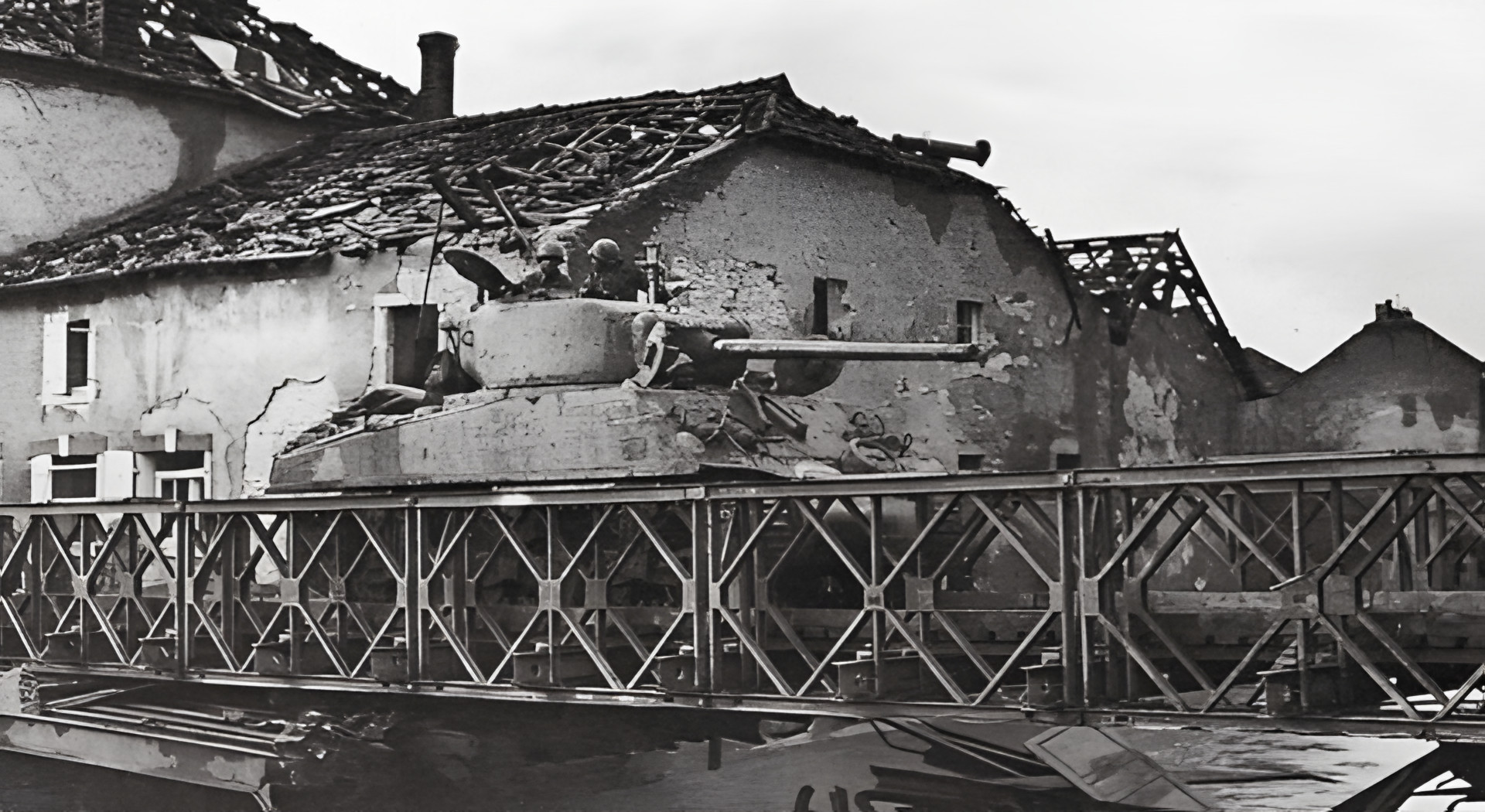
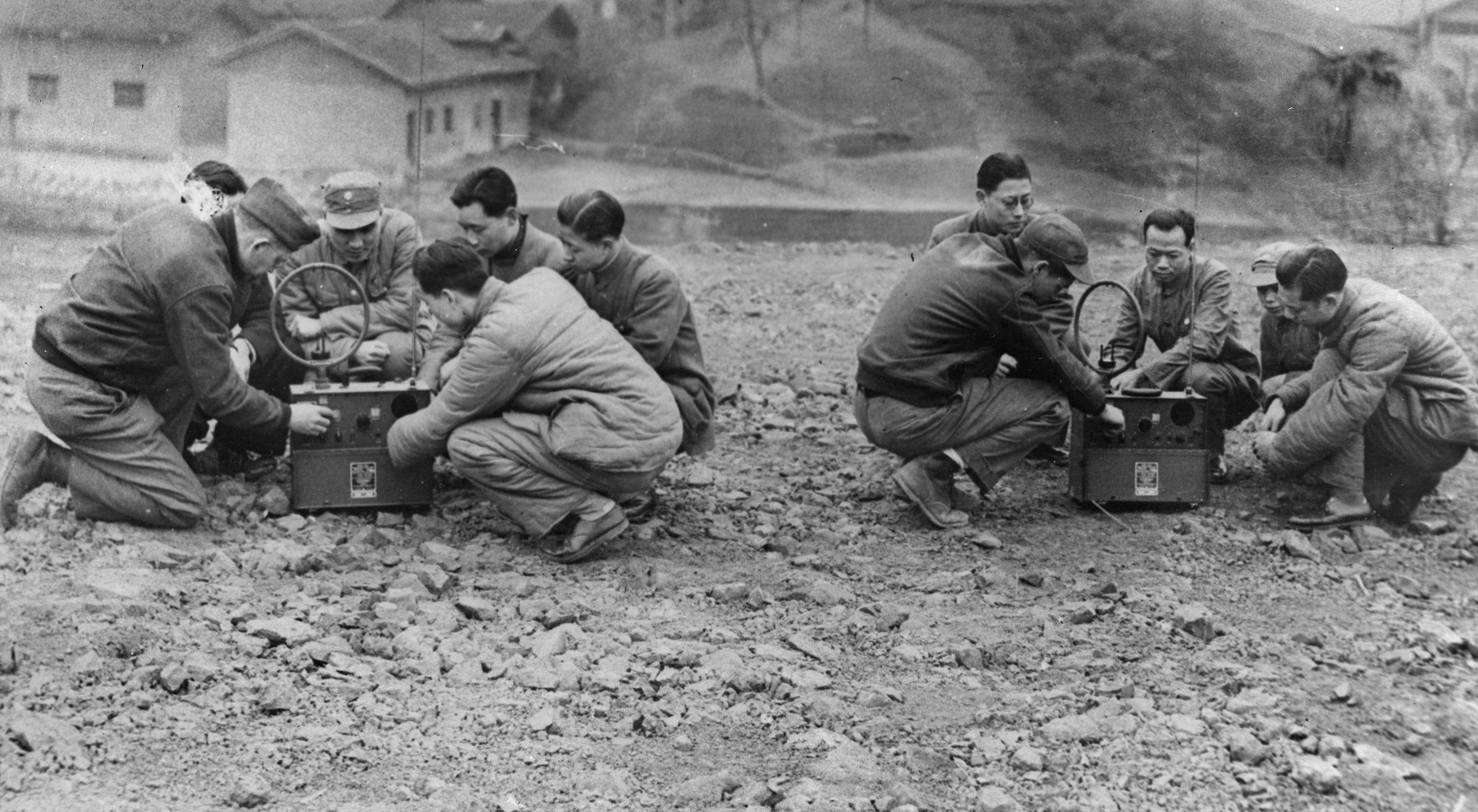
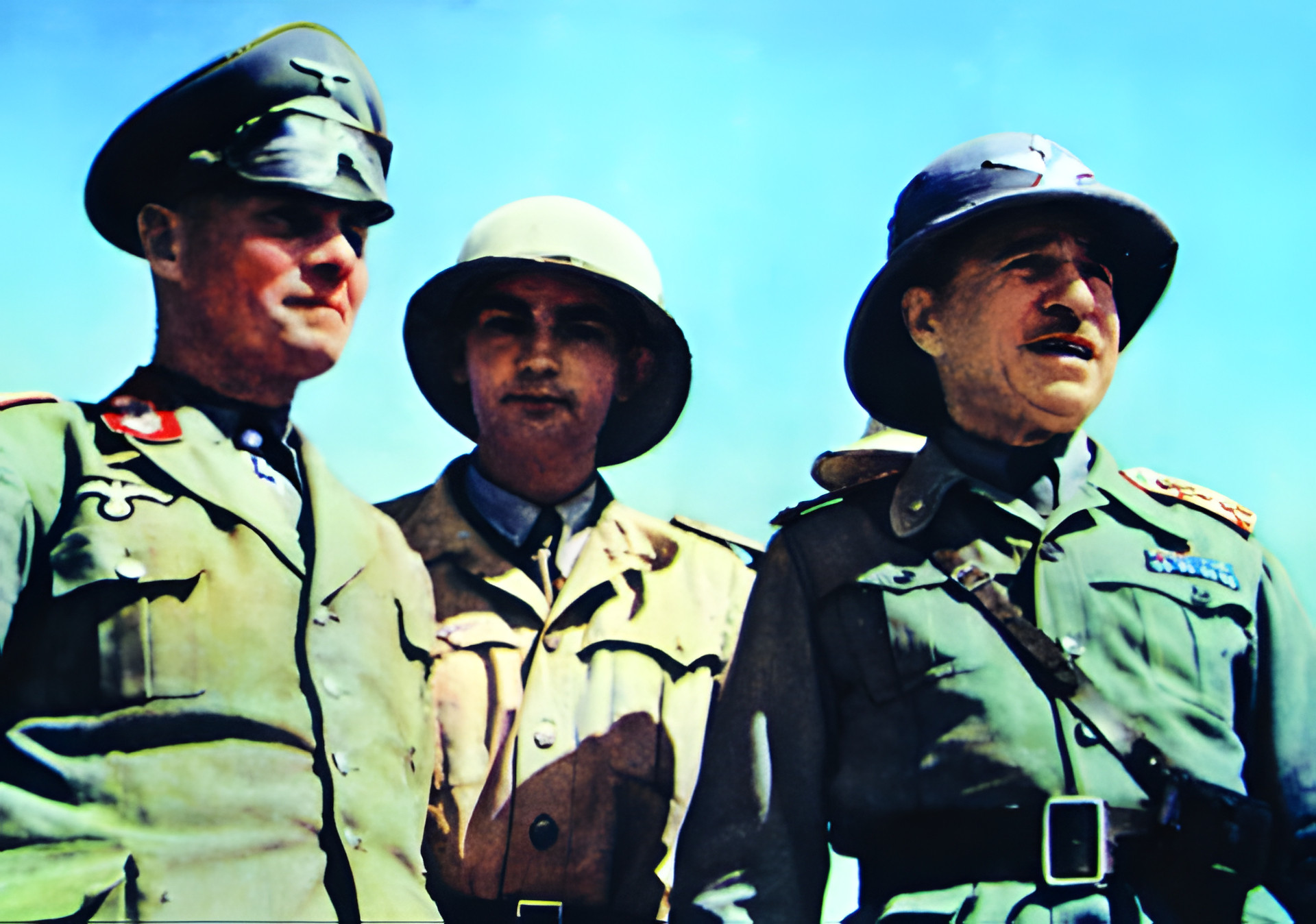
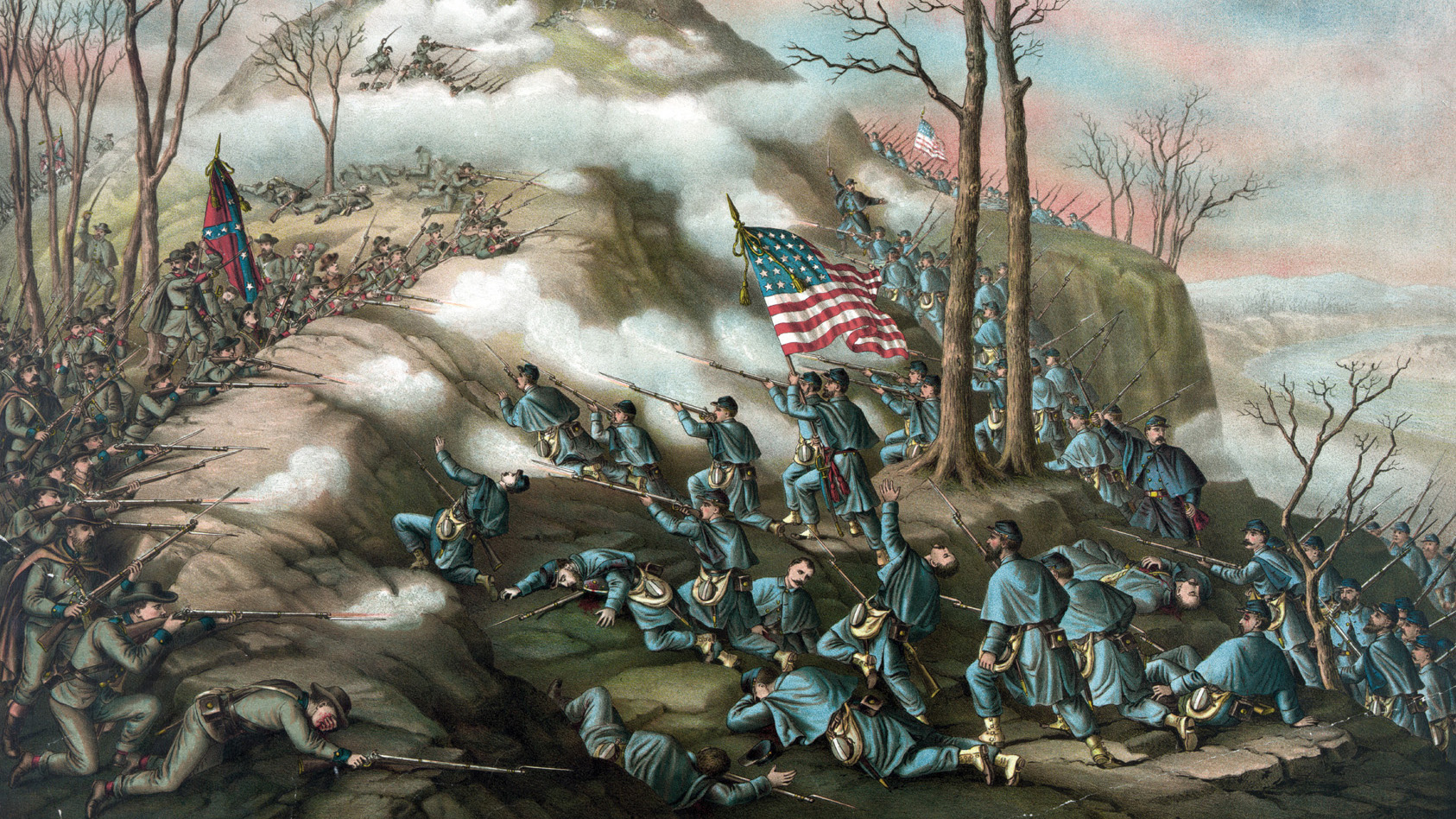
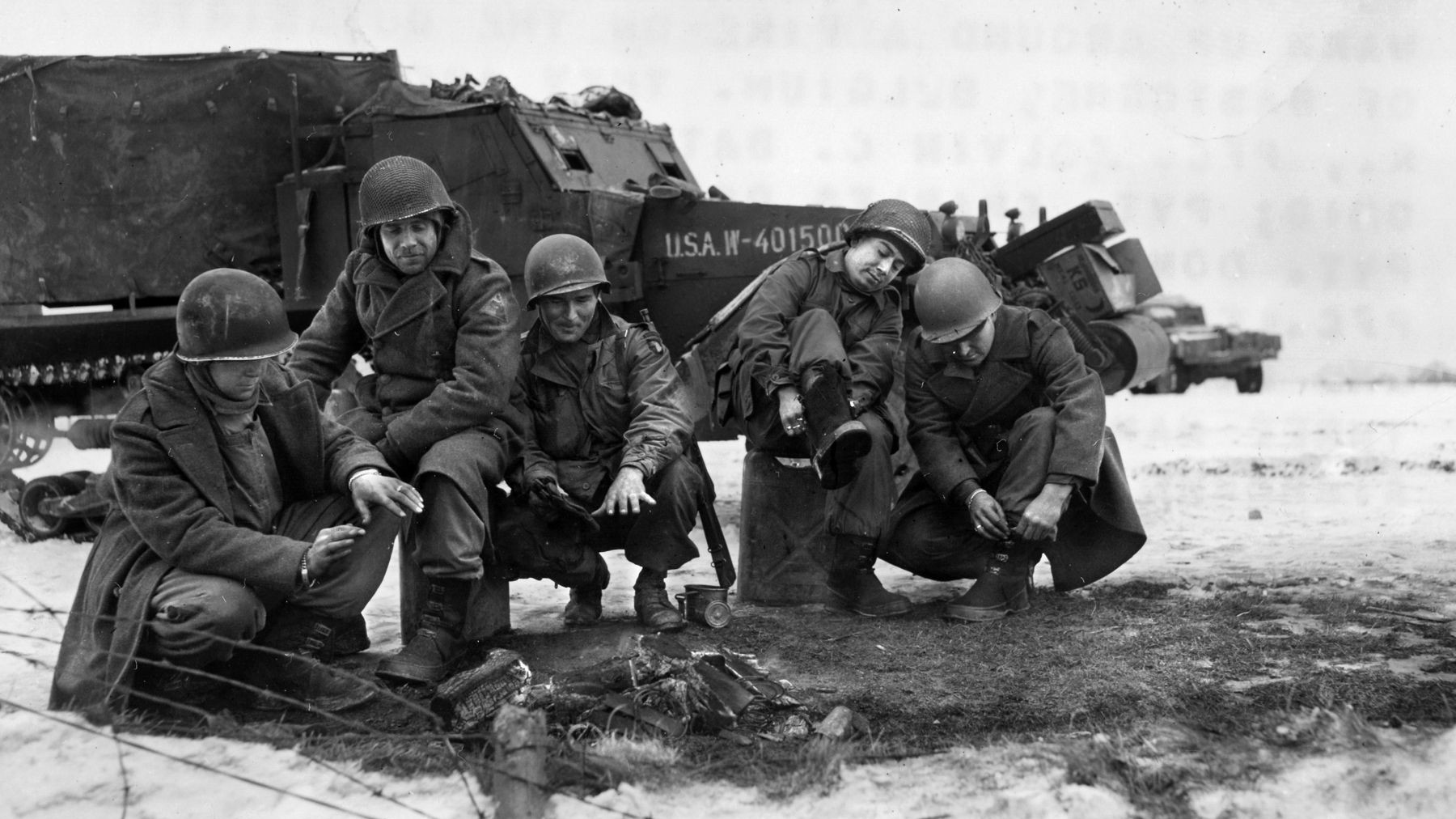
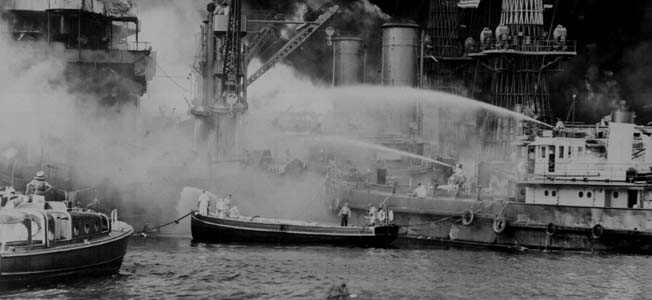
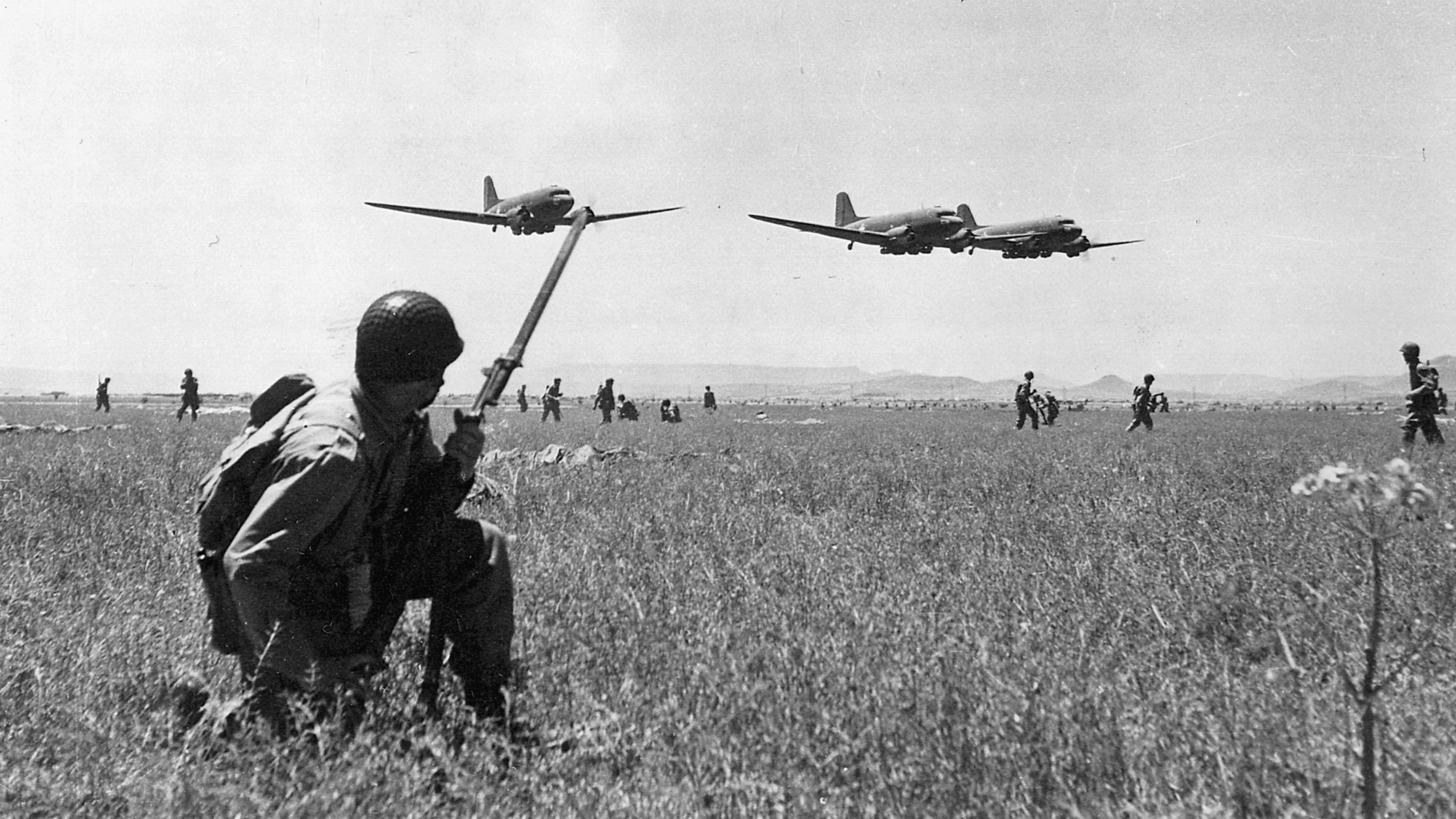
Join The Conversation
Comments
View All Comments